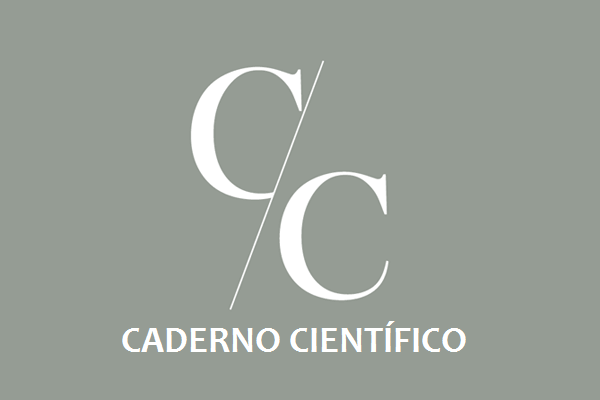AUTORES
Tércio Pessoa Tabosa e Silva
Mestrando em Implantodontia – Centro de Pesquisas Odontológicas São Leopoldo Mandic, Campinas.
Caio César Leite Miranda
Mestrando em Implantodontia – Centro de Pesquisas Odontológicas São Leopoldo Mandic, Campinas.
Sérgio Henrique Monteiro Miranda
Mestrando em Implantodontia – Centro de Pesquisas Odontológicas São Leopoldo Mandic, Campinas.
Márcio Teixeira Panicali
Especialista em CTBMF – ABO-MG, Fundação Hospitalar do Estado de MG.
Rodinei Luiz da Silva Bucco Jr.
Especialista em CTBMF – Santa Casa de Misericórdia, Porto Alegre.
RESUMO
Epidermólise bolhosa (EB) é caracterizada pela fragilidade excessiva da pele e membranas mucosas com formação de bolhas recorrentes, erosões e cicatrizes secundárias a traumas mecânicos e fricção. As manifestações bucais da EB dificultam a higienização e a realização de tratamentos restauradores, podendo levar à perda precoce da dentição, gerando quadros de edentulismo. O presente estudo relata um caso de reabilitação oral mandibular de paciente diagnosticado com EB distrófica dominante, utilizando prótese total implantossuportada, alternativa às próteses removíveis e implantomucossuportadas responsáveis por gerar fricção sobre a mucosa oral. Optou-se pela extração dos dentes remanescentes comprometidos e restauração da função mastigatória e estética do paciente, com uma prótese total suportada por quatro implantes instalados na região interforaminal. Foram realizados ajustes específicos à técnica anestésica e protocolo cirúrgico com o intuito de minimizar o trauma aos tecidos moles. A prótese definitiva foi instalada sete dias após a cirurgia. Com seis meses de acompanhamento, a paciente relatou melhora significativa da função mastigatória e redução das lesões orais, o que sugere que implantes dentários podem ser utilizados como forma de retenção para reabilitação protética em pacientes diagnosticados com EB, conferindo-lhes uma melhor qualidade de vida.
Unitermos – Epidermólise bolhosa; Epidermólise bolhosa distrófica; Implantes dentários; Prótese dentária.
ABSTRACT
Epidermolysis bullosa (EB) is characterized by excessive fragility of the skin and mucosa, with repeated blistering, erosions and scar formation secondary to trauma and mechanical friction. The oral manifestations of EB hinder oral cleaning and restorative treatments, which may lead to early tooth loss. The present study reports a case of mandibular oral rehabilitation of a patient diagnosed with dominant dystrophic EB through the use of implant-supported prosthesis, avoiding dentures and overdentures that create frictioning on the oral mucosa. Compromised remaining teeth were extracted. Then, masticatory and esthetic functions were restored with a complete denture supported by 4 implants placed in the interforaminal region. Specific adjustments were made to the anesthetic and surgical protocol in order to minimize trauma to the soft tissues. The definitive prosthesis was installed 7 days after surgery. At 6 months of follow-up, the patient reported significant improvement on masticatory function and reduction of oral lesions, suggesting that dental implants can be successfully used as a means of retention for prosthetic rehabilitation in patients diagnosed with EB, giving them a better quality of life.
Key words – Epidermolysis bullosa; Epidermolysis bullosa dystrophica; Dental implants; Dental prosthesis.
Recebido em fev/2014
Aprovado em abr/2014




